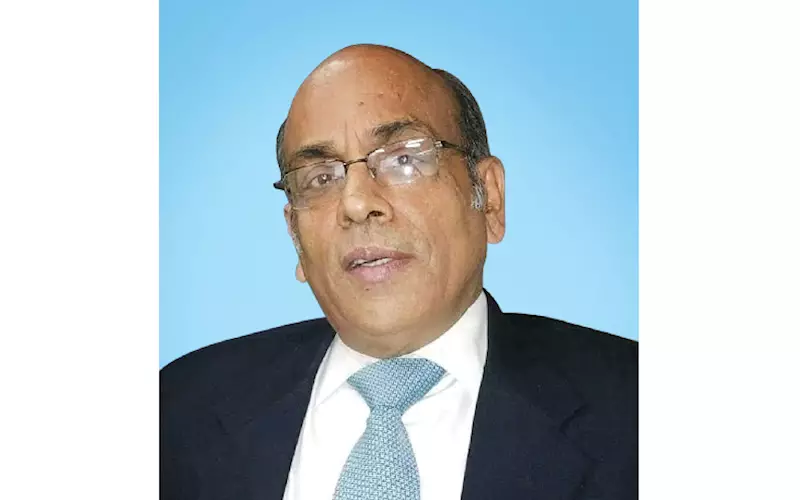There is an urgent need for technology reform
I have witnessed huge changes over the years in paper manufacturing operations in India; be it technology, automation, capacity enhancement, environment, cost saving, product development, the Indian paper mills have come of age.
18 Nov 2021 | By MK Goyal
For instance, from 10 tonnes per day manually adjusted plants, now we have a computer-controlled 500 tonnes per day factory. There is a huge emphasis on reduction of water, power, chemicals and increase of yield. Some of these changes have been beneficial for the paper industry in India. For me, the journey from deforestation to afforestation has meant a self-sustained industry. Today, in India, more than 1.2 million hectares has been brought under plantation by agro/farm forestry promoted by the paper industry.
This has led to carbon sequestration, mitigating harmful effects of climate change, supplementing farm incomes and rural employment. The current status of the paper industry in India, in terms of its overall health, is bullish. Today, Indian paper mills are on a very strong footing. The industry shall grow at 7% minimum for the next >10 years, from current production level of about 25 million tonnes per annum. Consumers always desire quality and low price, which at times cannot go together – say, for example, packaging grade of paper where end consumer desires strength of box with lower weight of paper.
This requires a higher grade of raw material, which costs more. Here, a healthy understanding between a manufacturer of paper and its buyer would lead to long term benefit to both the parties. It is our duty to save Mother Nature and thus the industry needs to follow it as a duty rather than a compulsion.
The industry needs to invest in plant and technology and huge resources to meet the requirement on an urgent basis or would face the threat of closure. Apart from this, the high cost of energy is affecting competitiveness. On both these fronts, help from the Government is the need of the hour. One of the questions being asked is whether the paper mills in India are capable of generating their own funds to finance the changes that are essential for future growth of the industry. With the current funding system in place, the industry can access the funds.
Having said that, the cost of finance is very high. Therefore, the preferred goal would be a low interest rate from foreign institutions. However, since most of the expansions are in the kraft segment by mills driven by promoters, it would be difficult for them to convince foreign investors to invest in their ventures. Packaging segment – both kraft and board – would continue to grow exponentially in India for a few decades to come. Writing and printing paper would also grow modestly.
However, newsprint would continue to bleed owing to import policies. The biggest silver lining is that paper manufacturing is a sustainable activity unlike cement/steel/coal/oil, which are mining-based, and the resource would last for a limited number of years, while a paper mill grows its own raw material. The paper industry not only conserves the environment, but also regenerates natural resources. With a large population and the rising literacy rate and growth in buying power, we could see the growth of the paper industry.
MK Goyal is the secretary general of the Indian Pulp and Paper Technical Association (IPPTA), which is the apex body of paper technicians in India. Goyal has been associated with the paper industry for the last 55 years. During the period he has gathered rich experience in manufacturing and product development, both in India and abroad. For this guest editorial, Goyal shared his thoughts with paper industry veteran PR Ray











 See All
See All